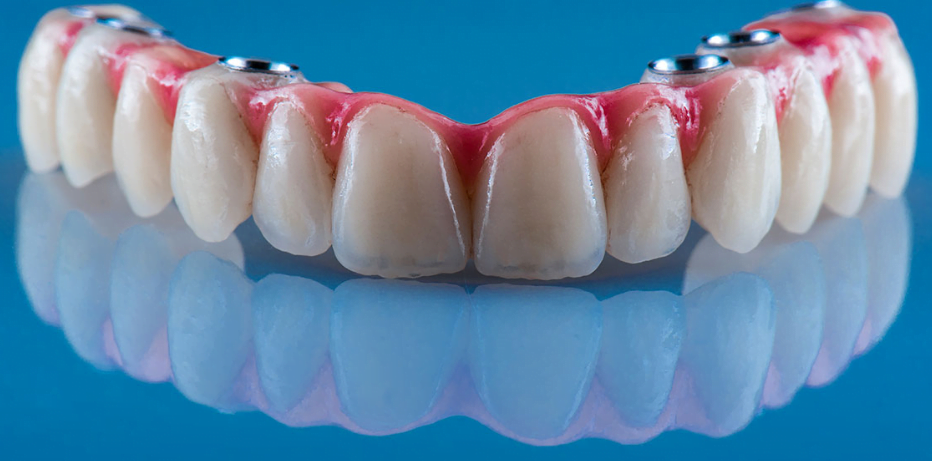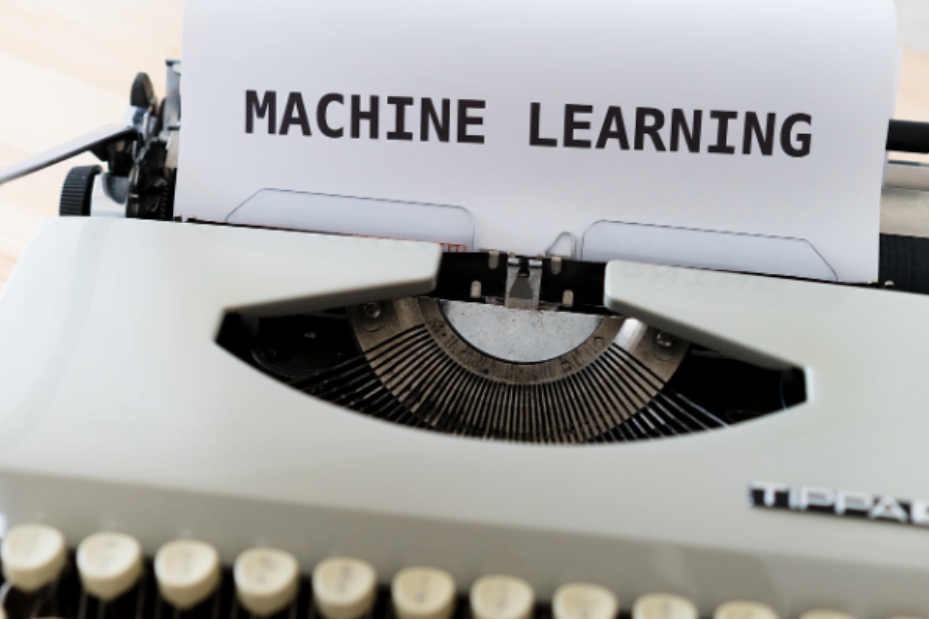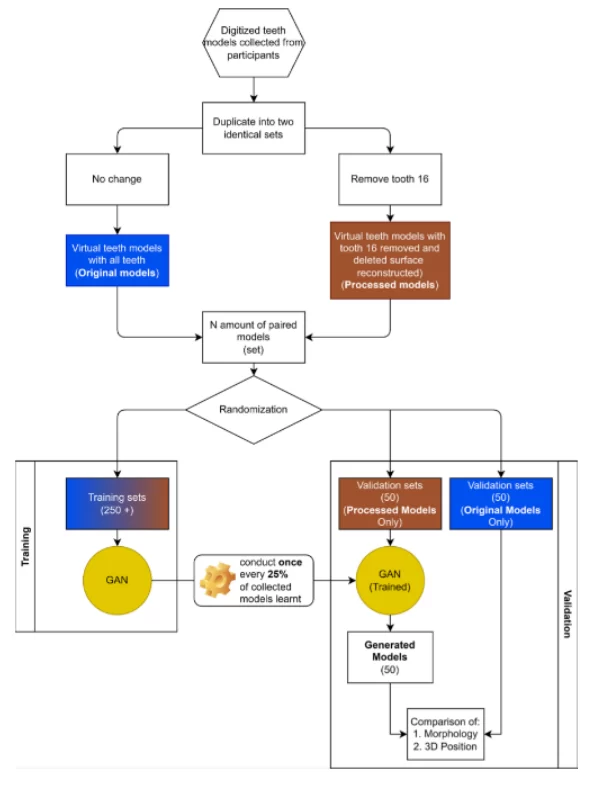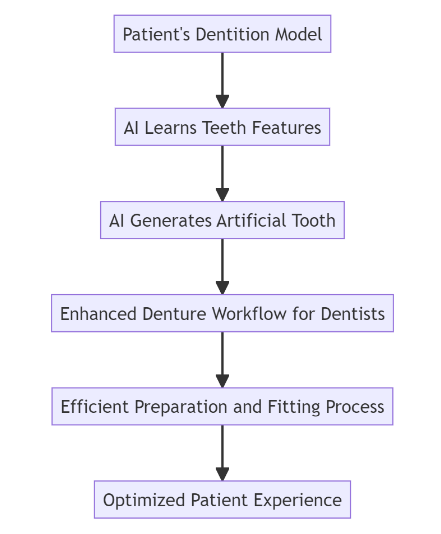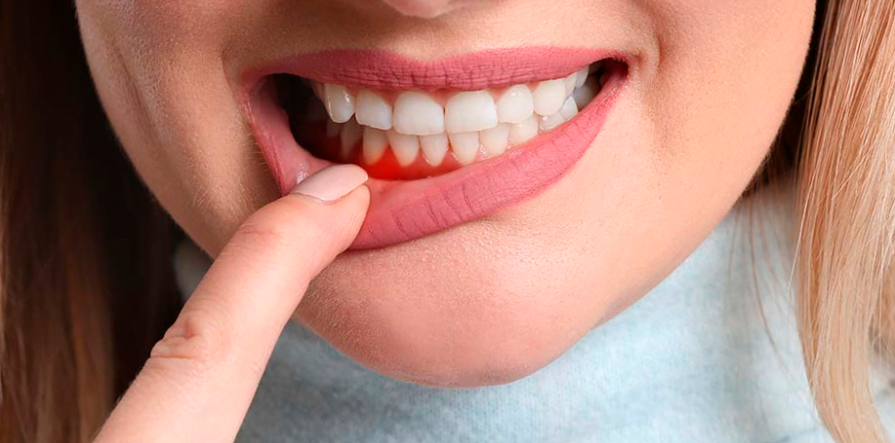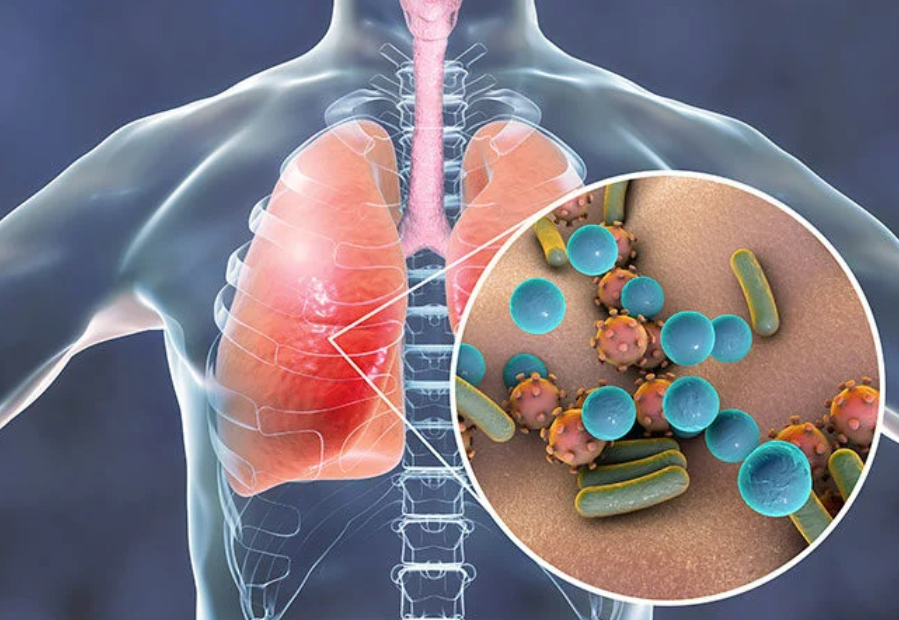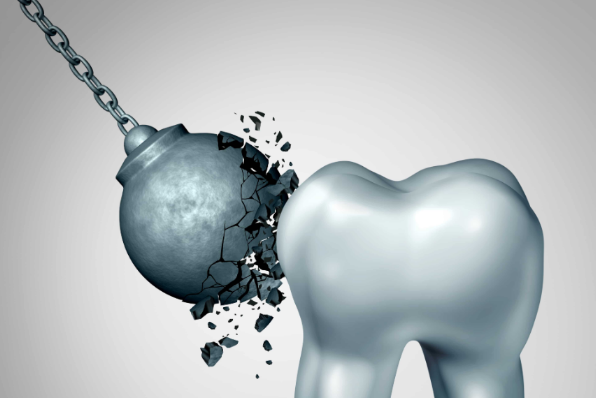Successful application of artificial intelligence to the design of dentures speeds: up the process and improves accuracy
In the realm of dental health, the loss of permanent teeth due to dental diseases or trauma is a widespread concern, particularly prevalent among the elderly population as a consequence of aging and diminished oral health. The repercussions of neglecting to replace a missing tooth extend beyond aesthetics and chewing function. They encompass jawbone deterioration, teeth misalignment, malocclusion, and bite irregularities, all of which can profoundly impact the overall health of remaining teeth, gums, jaw muscles, and jaw points.
The Quest for Perfect Replacement
Artificial teeth, commonly referred to as bridges and dentures, are prosthetic devices that offer a solution to the problem of missing teeth.
Their significance lies not only in restoring the appearance and chewing functionality of individuals but also in preserving their oral and physical health. However, the process of designing and crafting dentures has traditionally been labor-intensive and time-consuming, characterized by manual inputs, collection of teeth occlusion data, and multiple fitting sessions due to the limitations of existing technologies.
A Leap into the Future: AI-Powered Denture Design
In a groundbreaking collaboration between the Faculty of Dentistry at the University of Hong Kong (HKU) and the Department of Computer Science of Chu Hai College of Higher Education, a revolutionary approach has emerged, leveraging the power of artificial intelligence to automate the design of personalized dentures. This innovation is poised to enhance treatment efficiency and transform the patient experience.
The AI Technology Behind the Transformation
At the heart of this transformation is the utilization of the 3D Generative Adversarial Network (3D-GAN) algorithm, a cutting-edge AI technology. Unlike other AI algorithms, the 3D GAN algorithm excels in 3D object reconstruction. The algorithm’s ability to recreate natural healthy tooth shapes was evident in a preliminary study, where it achieved remarkable success by replicating the original teeth’s shapes in 60% of cases. The algorithm’s performance is expected to further improve with the accumulation of more AI training data, ensuring its maturity and reliability.
Unveiling the Seamless Workflow
One of the key breakthroughs of this approach is its minimalistic requirements. By utilizing only the digital model of a patient’s dentition, the AI system can learn the distinctive features of an individual’s teeth from the surrounding dentition. Subsequently, it generates an artificial tooth that closely resembles the missing one. This streamlined process promises to revolutionize the workflow for dentists tasked with replacing missing teeth. The preparatory and fitting stages are expedited, significantly reducing the time patients need to spend at the clinic.
The Vision of Convenience and Efficiency
Principal Investigator Dr. Walter Lam explains the implications of this approach, stating that it will facilitate the dentist’s workflow in replacing missing teeth. The shortened preparation and fitting process will drastically reduce the time commitment for patients during their clinic visits. This vision of convenience and efficiency heralds a new era in dental care, where technology empowers practitioners to provide enhanced care without compromising quality.
Recognition and Validation
The groundbreaking study, titled “Artificial intelligence-designed single molar dental prostheses: A protocol of prospective experimental study,” has garnered significant attention within the dental research community. It was published in the esteemed journal PLoS ONE. The preliminary findings of the study were also presented at the International Association of Dental Research (IADR) General Session. The study’s contributions were underscored by winning the IADR Neal Garrett Clinical Research Prize and securing the First Runner-Up position in the prestigious 2022 IADR-SEA Hatton Award – Senior Category.
Embracing the Future of Dental Care
The convergence of dental expertise and cutting-edge AI technology has bestowed upon us a transformative solution. The integration of 3D-GAN algorithms offers the promise of efficient, accurate, and patient-centric denture design. As this innovative approach matures and gathers momentum, it holds the potential to reshape dental care, making it more accessible, convenient, and effective for patients of all ages.
In conclusion, the amalgamation of dental science and artificial intelligence has unlocked a new chapter in the evolution of denture design and patient care. The achievements of the collaborative study conducted by the University of Hong Kong and Chu Hai College of Higher Education are not merely noteworthy but transformative, heralding a future where dental health is empowered by cutting-edge technology. This leap into the future is poised to elevate oral health standards, redefine treatment procedures, and enhance patient experiences, ushering in a new era of dental excellence.
Sources
- Science Daily – AI tech to automate process of denture design and enhance treatment efficiency without compromising accuracy – July 19 2023
- PLOS ONE Artificial intelligence-designed single molar dental prostheses: A protocol of prospective experimental study – June 2 2022


